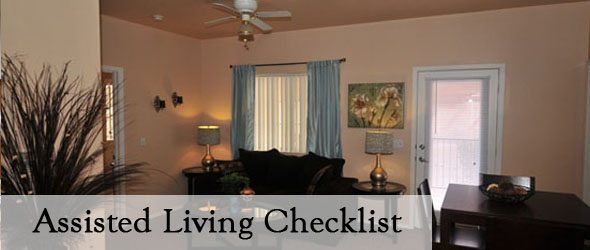What are the different kinds of Arthritis

Arthritis encompasses a range of conditions that involve inflammation and degeneration of the joints. Here’s an overview of the different kinds of arthritis:
1. Osteoarthritis (OA)
- Description: The most common form of arthritis, characterized by the breakdown of cartilage in the joints. This leads to pain, stiffness, and reduced mobility.
- Symptoms: Joint pain, stiffness, swelling, and decreased range of motion. Often affects weight-bearing joints such as knees, hips, and spine.
2. Rheumatoid Arthritis (RA)
- Description: An autoimmune disorder where the immune system attacks the synovial membrane (lining of the joints), leading to inflammation and joint damage.
- Symptoms: Joint pain, swelling, morning stiffness, and fatigue. Typically affects joints symmetrically, such as wrists, knees, and fingers.
3. Psoriatic Arthritis (PsA)
- Description: A type of arthritis associated with psoriasis, a skin condition. It can affect any joint and may cause swelling and pain.
- Symptoms: Joint pain and stiffness, swelling of fingers and toes (sausage-like appearance), and skin psoriasis.
4. Gout
- Description: Caused by the buildup of uric acid crystals in the joints, leading to sudden and severe pain.
- Symptoms: Intense joint pain, redness, swelling, and heat, often starting in the big toe. Attacks may occur suddenly and frequently.
5. Juvenile Idiopathic Arthritis (JIA)
- Description: Arthritis occurring in children under 16. It involves inflammation of one or more joints and can impact growth and development.
- Symptoms: Joint pain and swelling, stiffness, and sometimes fever or rash.
6. Ankylosing Spondylitis (AS)
- Description: A type of inflammatory arthritis that primarily affects the spine, leading to chronic pain and stiffness.
- Symptoms: Back pain, stiffness, and reduced flexibility. Over time, the spine may fuse, leading to a hunched posture.
7. Reactive Arthritis
- Description: Arthritis that develops as a reaction to an infection elsewhere in the body, such as a urinary tract infection or gastrointestinal infection.
- Symptoms: Joint pain and swelling, often accompanied by other symptoms like urethritis or conjunctivitis.
8. Systemic Lupus Erythematosus (SLE)
- Description: An autoimmune disease that can affect multiple organs, including the joints. It leads to widespread inflammation.
- Symptoms: Joint pain and swelling, along with other symptoms like skin rashes, fatigue, and organ involvement.
9. Scleroderma
- Description: An autoimmune disease characterized by the hardening and tightening of the skin and connective tissues.
- Symptoms: Joint pain, stiffness, and skin changes, with potential involvement of internal organs.
10. Bursitis
- Description: Inflammation of the bursae (fluid-filled sacs that cushion the joints) often caused by repetitive motion or pressure.
- Symptoms: Pain and swelling in the affected bursa, commonly in the shoulders, elbows, or hips.
11. Fibromyalgia
- Description: A condition characterized by widespread musculoskeletal pain, fatigue, and tenderness in specific areas.
- Symptoms: Widespread pain, fatigue, sleep disturbances, and tenderness in specific points on the body.
12. Still’s Disease
- Description: A rare type of inflammatory arthritis that occurs in adults and children and is associated with systemic symptoms like fever and rash.
- Symptoms: Joint pain and swelling, high fevers, and rash.
Each type of arthritis has unique characteristics, and treatment approaches vary based on the specific condition and individual needs. Accurate diagnosis by a healthcare professional is crucial for effective management and treatment.
Retirement Communities Arizona
If it is time for a change, contact us at SLS Communities about what location is best for your loved one. Give us a call today at 623-343-5830 or schedule a free tour at our facility.





